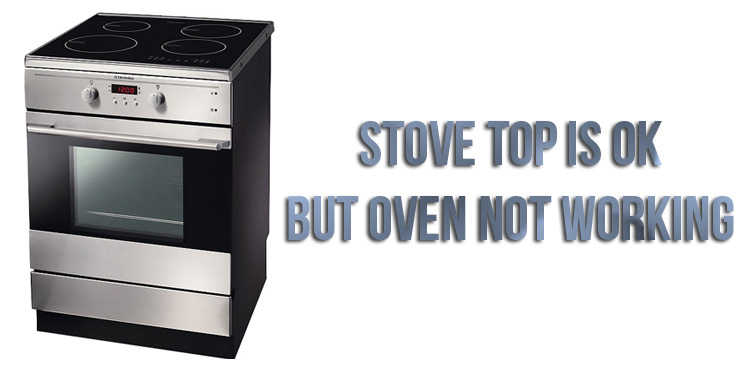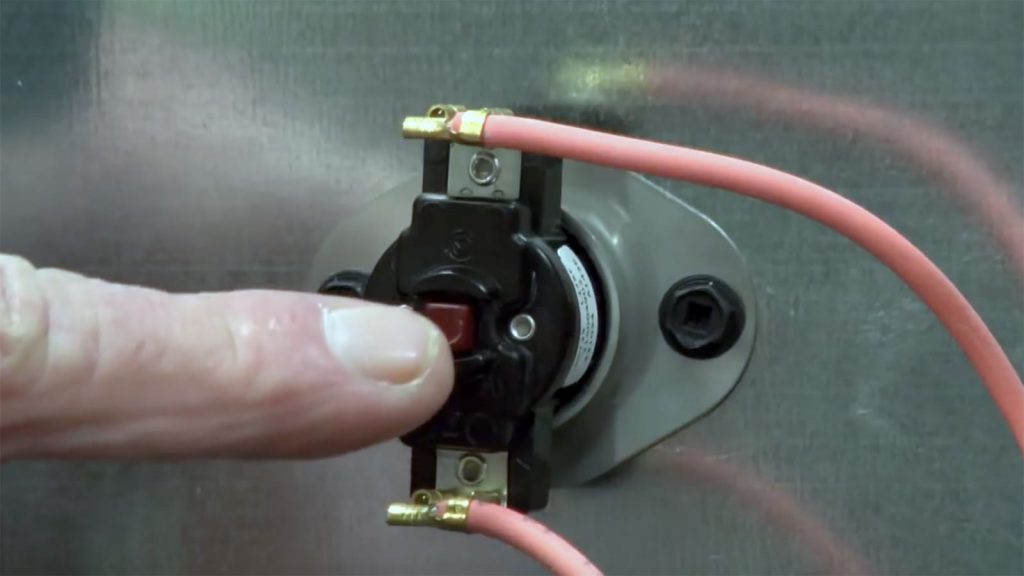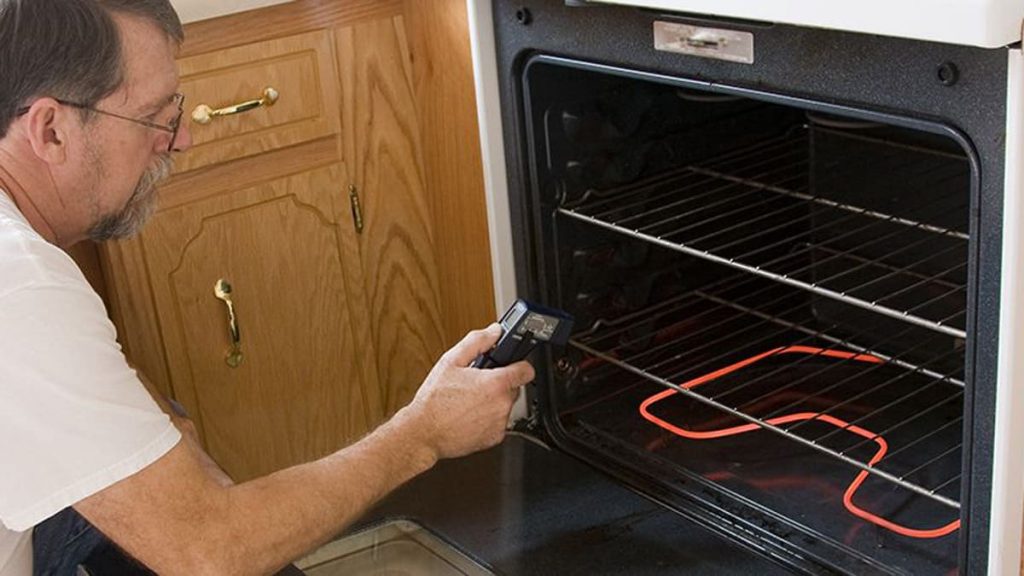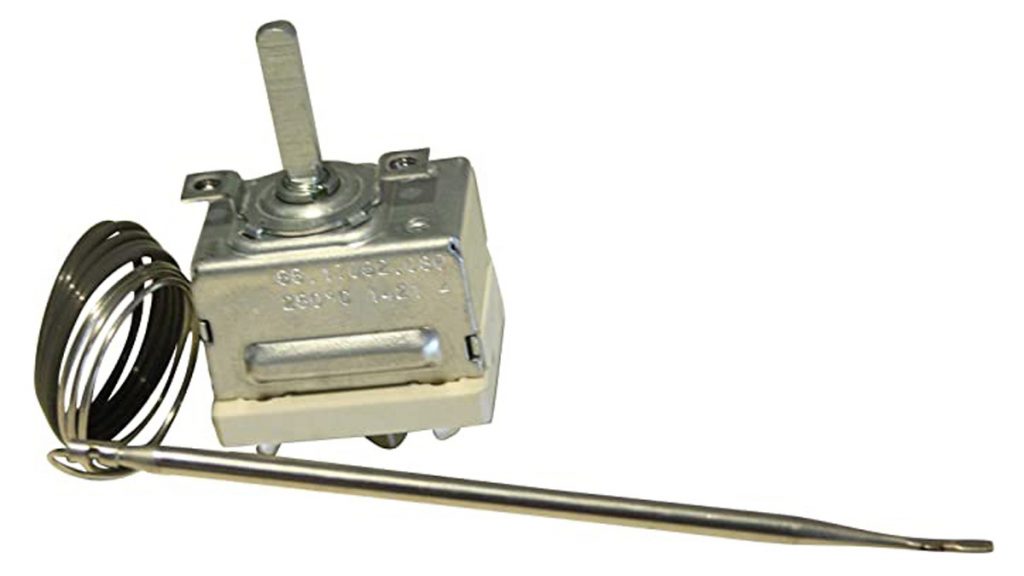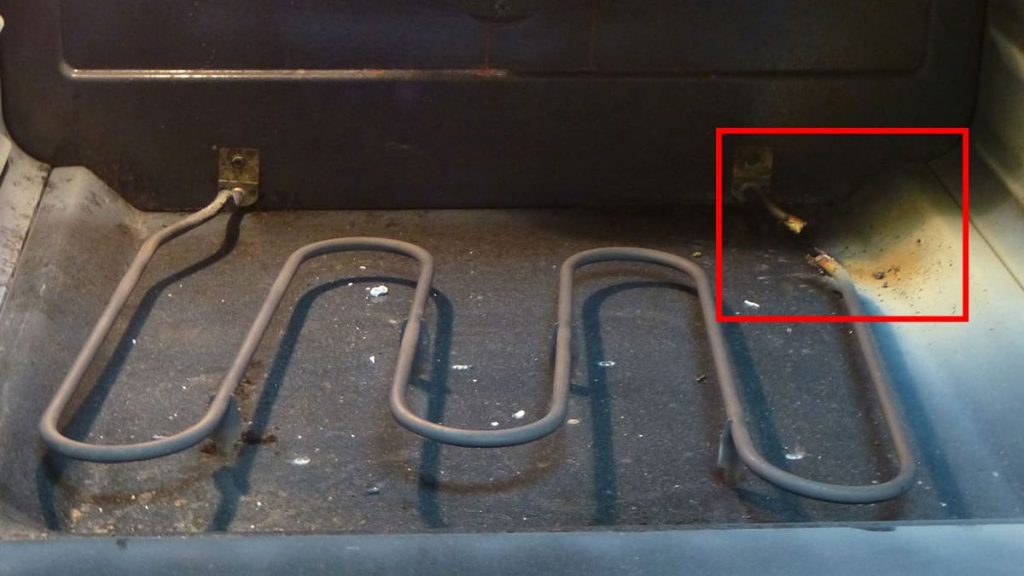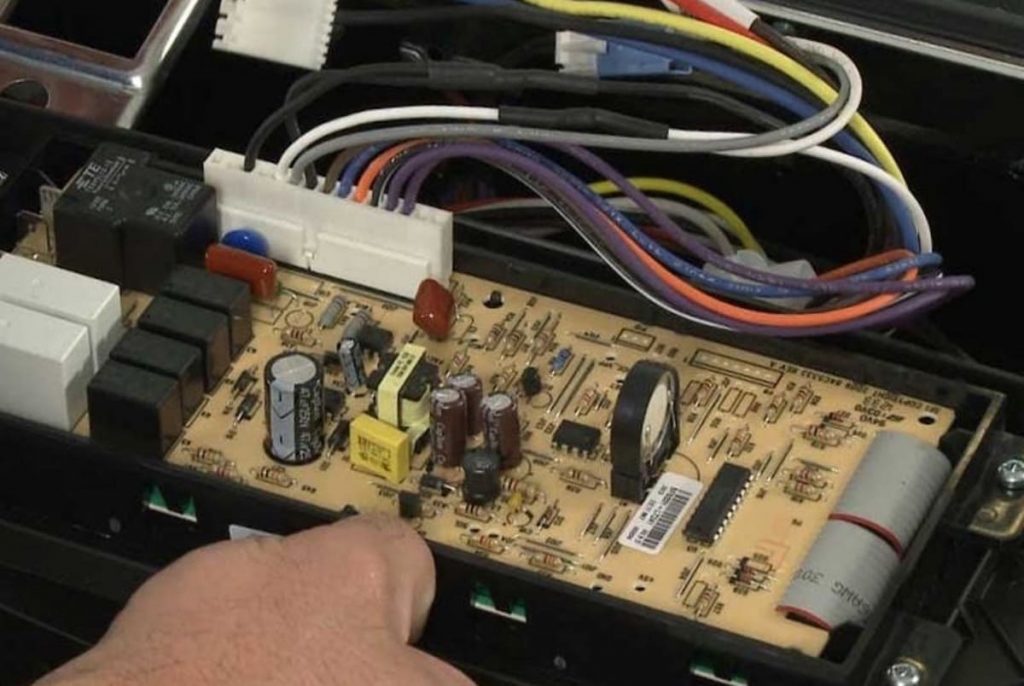Some housewives are faced with a problem when the stove is working, but the oven stops heating. What caused such a breakdown? Let’s take a closer look at the causes of problems and how to fix them?
First of all, check that the knobs and timers on the oven are set correctly. Sometimes problems can be solved with the push of a button.
Before starting a global cabinet repair and shelling out a large amount of money for it, you need to check the most common mistakes.
- The first step is to check the fryer element. To do this, turn on the oven and wait about five minutes. During this time, serviceable equipment will begin to heat up. If this did not happen, then most likely the frying element burned out.
- The second step will be to check the correct installation of all elements.
- The oven may stop heating if the door is open. Such a protective mechanism is provided for self-cleaning models.
- If you cleaned the stove and removed the handles, then make sure they are installed correctly.
- Next, you need to check the continuity of the heating element. To do this, you need a device such as a multimeter. Before using it, make sure that the equipment is de-energized.
- The cause of the breakdown may open up in a malfunction of the main control board. If a visual inspection did not bring the desired result, and the breakdown was never determined, then the following points can be performed.
The oven thermostat has failed
This problem most often occurs with self-cleaning ovens. If you have recently used this feature and it has stopped working since then, the problem is most likely a blown thermal fuse. The defective part must be replaced.
Broken temperature sensors
Many electric ovens are equipped with temperature sensors. This mechanism allows you to control the temperature inside the device. If the sensor fails, then the oven stops working, or it works at full power for me. Modern models are equipped with digital sensors, which can also break. Before dismantling this element, make sure that all the wires going to it are connected correctly. Thus, you will be sure that the cause of the malfunction lies definitely not in them.
In some models, the digital sensor can be replaced by a heat-sensitive bulb, which also responds to the air temperature in the oven. With prolonged use, the light bulb may burn out or lose some of its properties. In this case, the solution to the problem will be to replace the defective element or to properly adjust the old lamps. These simple manipulations will help solve the problem with the oven.
Broken thermostat
In some cases, the oven stops heating due to the fact that the thermostat has failed. Most often, the problem with the thermostat comes down to two options:
- the presence of a defect that interferes with the normal functioning of the oven;
- wrong settings are made, due to which the thermostat does not work correctly.
If the switch does not work properly, the oven settings can be knocked down, in connection with this, the oven does not heat up to the desired temperature. You can replace the switch yourself, this does not require any specific knowledge and skills. Follow a series of simple steps:
- Remove the panel at the back of the oven. Please read the instruction manual before doing this. Panel removal may vary from model to model. Also make sure the stove is off. Do not neglect safety precautions.
- Then remove the selector switch by simply pulling the handle on the front of the oven.
- After the defective element has been removed, replace it with a new working thermostat.
- Replace the back cover. And check the oven for operation. If the problem lay in a faulty thermostat, then after replacing it, the oven will start working again in normal mode.
The heating element has failed
This is the most common reason why the oven stops heating. After all, it is the heating element that is the key mechanism that is responsible for the temperature regime. The oven has one or more heating elements. If this mechanism fails, it ceases to function normally.
Electric ovens are equipped with two heating elements. During operation, they can become hot and turn bright red. This indicates that the element is defective and needs to be replaced. In some cases, the oven heats up, but does not gain enough temperature. In this case, the problem may also be due to a malfunction of the heating elements.
You can fix this problem on your own. To do this, you need to follow a number of simple steps:
- To check, you need to set the pre-baking mode. In the event of a malfunction, the element will turn red.
- A failed mechanism must be replaced; it can be purchased via the Internet or from the manufacturer.
- As a test, you can use the frying mode. In this case, the faulty heater will also turn red.
- Rust on the outer coil can also indicate that the elements are not working properly.
If the problem was not identified during the inspection, then the functionality of the heating elements can be checked with an ohmmeter. The instrument readings should range from 15 to 30 ohms.
It is worth paying attention to the integrity of the wiring, all wires and cords must be connected correctly.
Temperature Calibration
The oven may not heat up or overheat due to the fact that the temperature calibration has not been carried out. On many models, the calibration disc is located on the back of the temperature knob. Use the disk to set the correct settings. The temperature is increased or decreased by turning the knob clockwise or counterclockwise. It is worth remembering that the turnover allows you to calibrate the temperature in the range from 20 to 25 °
Faulty relay
The oven may not work correctly due to a failed relay. Ovens equipped with heating elements have two relays respectively. To find this item, you need to read the instructions that came with the oven. You can identify and eliminate the causes as follows:
- Disconnect the stove from the mains, any repairs should only be carried out when there is no connection to the mains.
- Dismantle the rear panel of household appliances, if necessary, unscrew the bolts holding it.
- Using an appropriate instrument, check the resistance level. For this you need a multimeter. Before this, it is necessary to remove the wires connected to the relay and transfer them to the device, securing the corresponding terminals.
- If the sensor of the device shows zero, the control is out of order and needs to be replaced. Other values of the device must be compared with the data specified in the operating instructions. For each plate, these parameters may differ.
